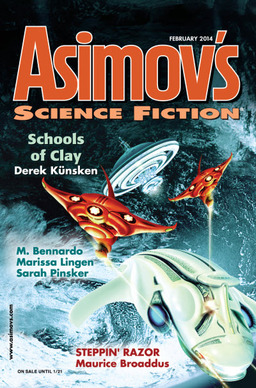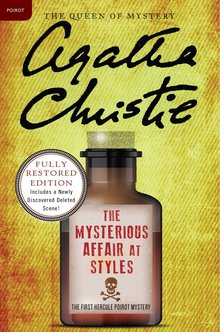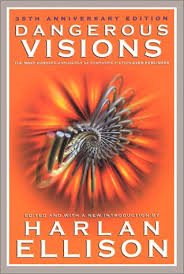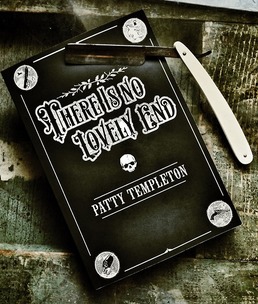Black Gate Interviews C.S.E. Cooney: From Metaphor To Manticore
 Writer C.S.E. Cooney has published two stories in the mighty trove of Black Gate‘s online fiction catalog, “Life On the Sun,” and its prequel, “Godmother Lizard.” For the following interview, she and I met in the cavernous vaults of Black Gate‘s Indiana compound, where we lounged on Ottoman divans surrounded by steampunk tapestries and several thousand of John O’Neill’s second favorite sci-fi paperbacks. The results, transcribed by a Silicon Valley drone powered entirely by herbal tea, are as follows:
Writer C.S.E. Cooney has published two stories in the mighty trove of Black Gate‘s online fiction catalog, “Life On the Sun,” and its prequel, “Godmother Lizard.” For the following interview, she and I met in the cavernous vaults of Black Gate‘s Indiana compound, where we lounged on Ottoman divans surrounded by steampunk tapestries and several thousand of John O’Neill’s second favorite sci-fi paperbacks. The results, transcribed by a Silicon Valley drone powered entirely by herbal tea, are as follows:
What do you write? Or, if it’s easier, what do you not write?
Well, I’ve never written a tech manual for aeronautics and robotics. Man, but if I did, then I could write all sorts of cool sci fi with my awesome SCIENCE KNOW-HOW!
I generally say I write Fantasy when people ask. With the understanding that I think “Fantasy” is a great umbrella term that tucks, um, ALL OF FICTION under its shadowy wings. But mostly I mean I write Secondary World Fantasy. With a bit of urbanish fantasy thrown in. And maybe a wee slice of sci fi when I’m feeling daring. And an even weesomer slice of horror, usually in the autumn. Oh, and a dollop of the Weird, when I’m in my Gabriel Garcia Marquez mood. Oh, and that one time I tried to write a Steampunk story but I’m still not entirely sure of the outcome…
Every story I write seems to require a whole different set of tools than the last story. One is constantly reinventing one’s toolbox. Thankfully, the good old standbys like “assonance” and “simile” don’t really change. Only get better. Or subtler. If subtle is better. I don’t do subtle very well, so I naturally think it IS better, mostly because it’s this mysterious thing.
Subtlety. I’m a big fan of it.








